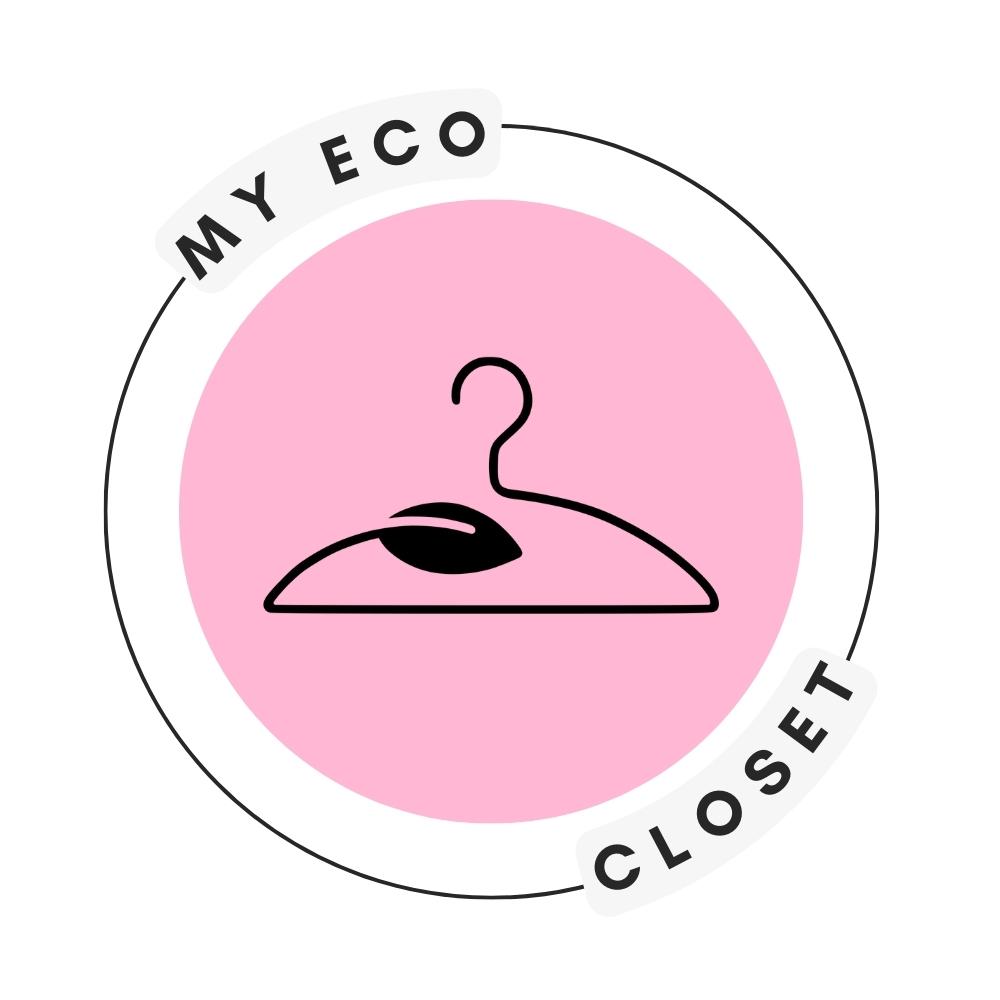Carhartt has long been a streetwear staple across subcultures like hip-hop and skateboarding. Since the 90s, it’s been a symbol of street credibility, worn by icons like Tupac and Dr. Dre. But as fashion faces ethical scrutiny, is Carhartt, once known for authenticity and durability, leaning into disposable trends? Let’s find out.
Is Carhartt Fast Fashion?
As the times change, even iconic brands like Carhartt adopt fast fashion practices. Carhartt products feature polyester and acrylic fabrics, often with toxic water-repellent finishes. The branddoes not disclose its supply chain and manufacturing processes, and it fails to ensure payment of living wages for its workers.

Carhartt Uses Toxic Polyester
With an emphasis on durability, Carhartt incorporates polyester (a toxic, non-biodegradable material) into many of its products. While this petroleum-based fabric enhances performance and durability, its use raises concerns about potential health and environmental impacts.
Polyester, a petroleum-based synthetic fiber, is a common component in Carhartt’s product line. It appears in the following forms across their range:
- Outerwear often features polyester blends, such as the 61% polyester lining in the Detroit Jacket
- T-shirts frequently use cotton-polyester blends (e.g., 60% cotton, 40% polyester)
- Specialized fabrics like Carhartt Force® technology utilize 100% polyester for moisture-wicking properties
- Sherpa linings typically contain 30% polyester
Why is Polyester Toxic?
Polyester is one of the most toxic clothing materials — its production is known to unleash hazardous chemicals into our environment. However, its health impact is even more alarming. After production, harmful residues, such as formaldehyde, heavy metals, and antimony, remain on the surface of polyester. As we wear the fabric, our skin absorbs these residues, causing skin irritation, respiratory issues, acne, and more.
While we provide detailed guides on polyester, you can simply see observe its effects yourself. Just compare a standard cotton t-shirt with a polyester one — notice which is more breathable?
Polyester traps heat and moisture close to the skin, making you sweat more. More heat also means faster absorption of chemicals. Overall, this fabric is a hallmark of fast fashion brands and should be avoided.

Carhartt Wasn’t Always Fast Fashion
Let’s us walk you through the good old days when Carhartt was not bombarding us with toxic polyester clothes. In 1889, Hamilton Carhartt founded the brand with a simple mission: to create durable overalls for railroad workers. For decades, Carhartt remained true to its roots, focusing on functional, long-lasting workwear — until fast fashion appeared.
The late 20th century saw a significant shift in the brand’s trajectory. In the 1980s and early 1990s, Carhartt began to gain traction in urban fashion circles, particularly within hip-hop culture.
This unexpected adoption by a new demographic led to the creation of Carhartt Work In Progress (WIP) in 1994. WIP catered to a more fashion-conscious audience while maintaining the rugged aesthetic of the original brand.
With the demands of the times, the WIP line started to use more ‘modern’, that is, synthetic materials like polyester, shifting away from its use of heavy-duty cotton (a more sustainable, natural fabric). This move signaled Carhartt’s readiness to compromise on sustainability — for the sake of market reach and a broader customer base.

Rapid Product Turnover & Sales Growth at Carhartt
One of the hallmarks of fast fashion is the rapid turnover of styles and trends. While Carhartt may not release new collections with the same frequency as H&M or Zara, it has diversified its product offerings in recent years. The Carhartt WIP line, in particular, has embraced a more trend-driven approach, releasing seasonal collections that align with current fashion trends.
In 2020, Carhartt WIP also collaborated with luxury brand Marni, creating a limited-edition collection that blended workwear aesthetics with high fashion sensibilities. This type of collaboration, common among fast fashion brands, demonstrates Carhartt’s shift toward a more trend-focused strategy that fuels FOMO (Fear of Missing Out).
The brand has expanded its product range far beyond its original workwear staples. When it comes to sales growth, the following numbers speak for themselves:
- Sales Growth: Carhartt’s annual sales grew from $92 million in 1990 to approximately $600 million in 2013, indicating substantial growth over the decades.
- Market Positioning: The brand has expanded its retail presence with over 80 stores worldwide, including innovative formats like “stores within a store” at major retailers
- Seasonal Collections: A singular Carhartt WIP Spring/Summer 2024 collection features over 20 new styles, incorporating Ivy League-inspired sportswear and utilitarian designs.
Today, Carhartt offers everything from graphic t-shirts and hoodies to accessories like beanies and backpacks. This diversification of product lines is reminiscent of fast fashion retailers who aim to capture a wider market share by offering a broad range of clothing and accessories.

Carhartt Is Neither Transparent, Nor Sustainable
Carhartt may have made some progress in sustainability, as it joined the U.S. Cotton Trust Protocol and the Better Cotton Initiative. The brand also launched its Reworked Program, extending the life of over 53,000 garments and diverted more than 79,000 products from landfills. However, a closer look reveals significant gaps in transparency and genuine sustainability.
In the 2023 Fashion Transparency Index report, Carhartt received a score of 7%, which indicates a lack of transparency around supply chain practices and overall sustainability. The brand does not disclose any measures taken to ensure fair labor or worker protection.
Ultimately, Carhartt’s environmental efforts are superficial. To illustrate, the brand reported a reduction of 13% in packaging, as it switched to 100% recycled materials for mailers. However, the sustainability of other types of packaging remain undisclosed.
Conclusion: Carhartt Is Certainly Fast Fashion
While Carhartt may not fall into the ultra-fast fashion category like Zara or H&M—due to its seasonal rather than weekly collections—it still operates within the fast fashion model. Despite promoting an image centered on durability over trendiness, the brand’s production practices and lack of transparency align it with the fast fashion industry.

